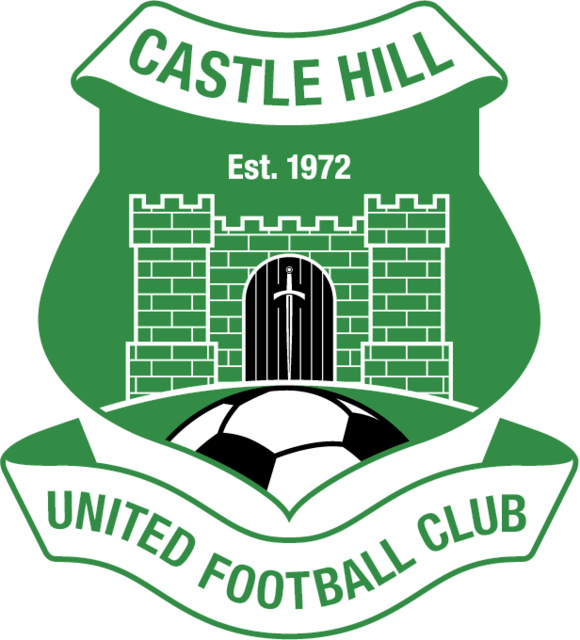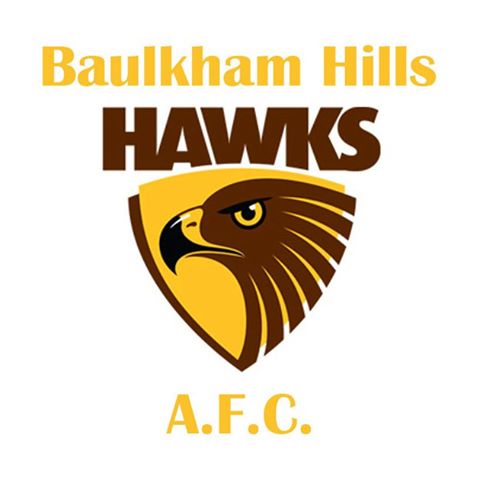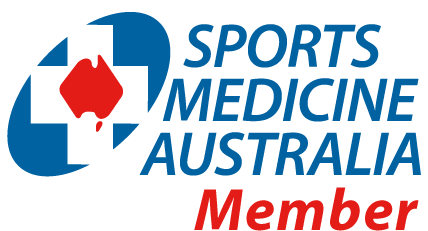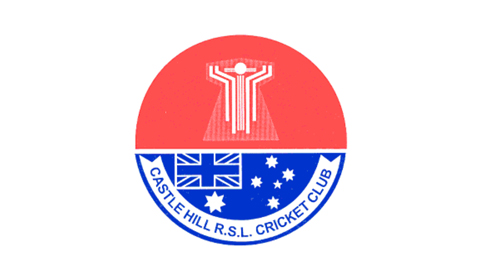Our team of expert physiotherapists have found over the years that whilst summer sports are in full swing, patients experiencing calf strains are at a peak.
Calf strains are very common among athletes, especially runners and those participating in sports that involve lots of explosive movements like tennis. This injury is caused by a combination of overuse and lack of strength, flexibility and general conditioning.
Suffering from a calf strain can cause you a lot of grief. You will feel a lot of sudden pain up the back of your leg (predominantly in the calf area), have difficulty standing on your toes and experience swelling and/or bruising of the calf muscles.
If you want to ensure that you don’t re-strain your calf, risking further (or repeat) damage, and want to be pain free again, it is highly recommended that you opt to get physiotherapy treatment to restore full function to the area.
What can you do for relief?
The best form of relief for the typical initial symptoms of a calf strain (sudden pain, pain rising on tiptoes, swelling and bruising) can be gained by utilising the RICE method – rest, applying ice and compression and keeping the affected area elevated.
In addition to this, physiotherapy treatment is required in order to restore full function to the area and to aide prevention of injury recurrence.
So, what are typical treatments for a calf strain?
Great question! Typical treatments can include manual therapy, strengthening and stretching exercises, footwear analysis, running technique analysis and a range of other options. After initial treatment and once the muscles have returned to full strength, a plan of progressive running and sport-specific exercises will be recommended to build condition and pave the way for return to active sports.
Can you tell who is at risk of developing a calf strain?
Whilst there is no crystal ball to tell who will sustain a calf strain, there are some factors that can indicate who is at risk. These include those having had previous calf and hamstring strains, especially if they were not completely rehabilitated. Many people sustaining calf strains report a feeling of tightness or lack of strength before sustaining the injury!
So if you or someone you know is experiencing tight calves or has a calf strain, contact the clinic today to take the first step on the road to recovery so you can get back to pain free activity.







